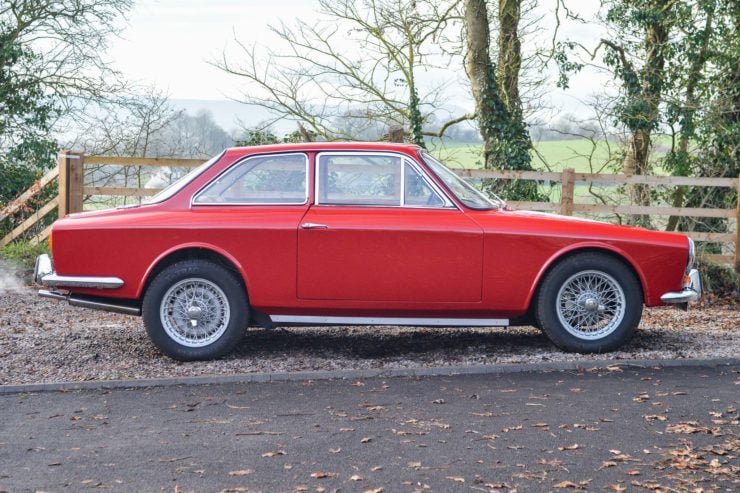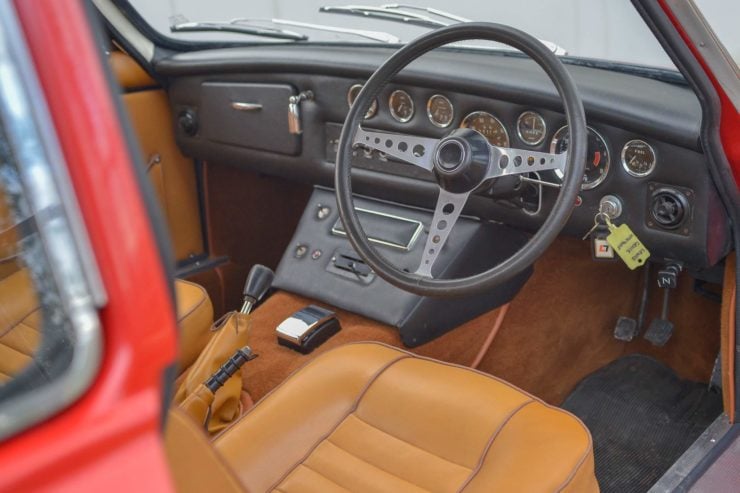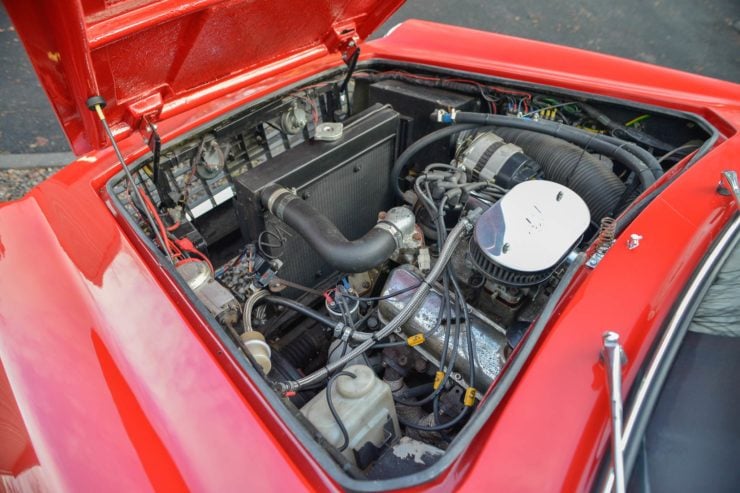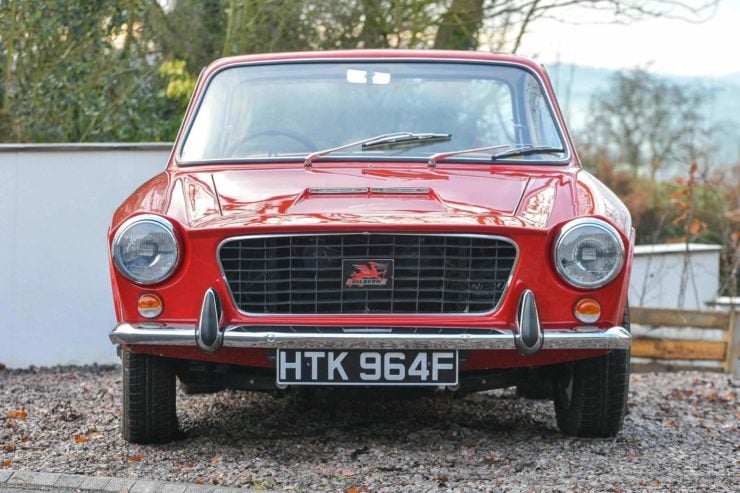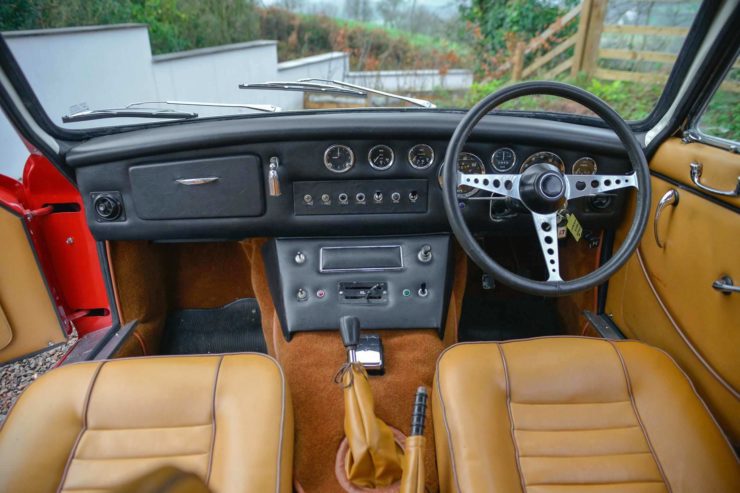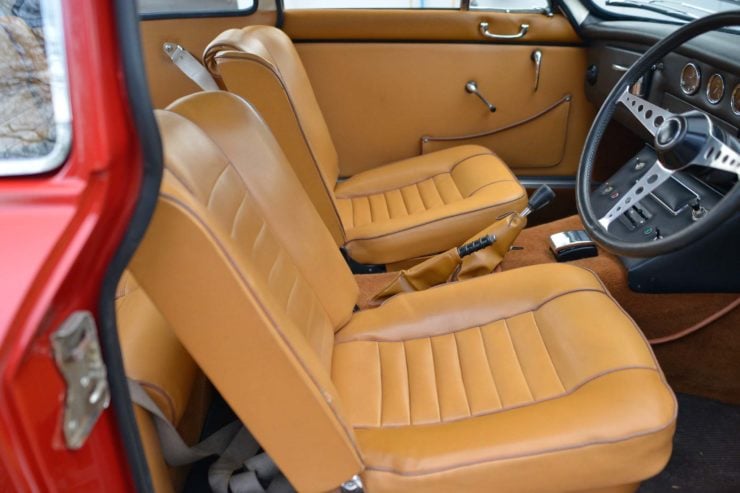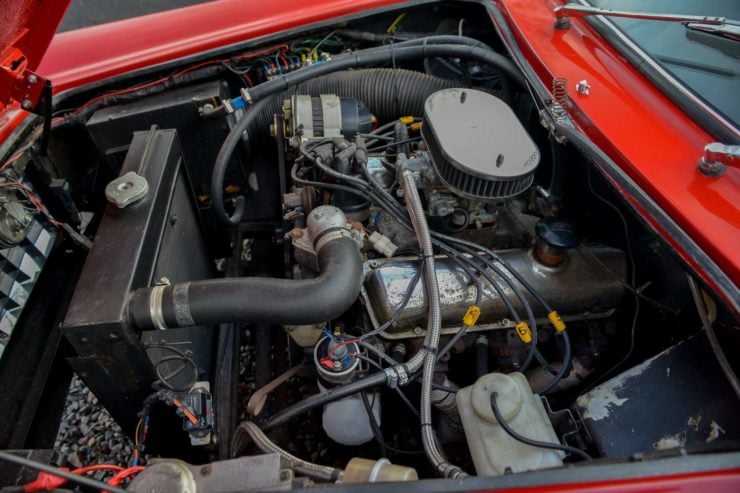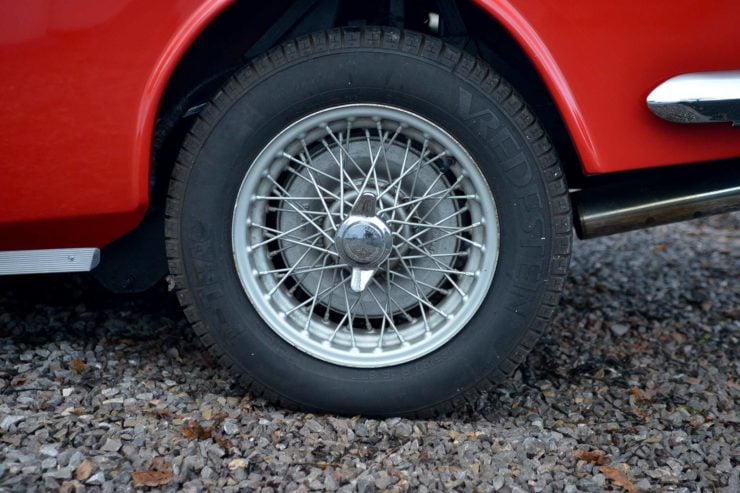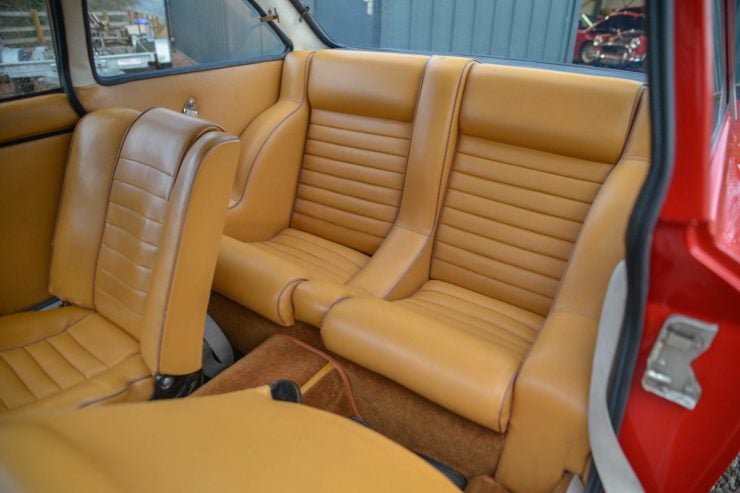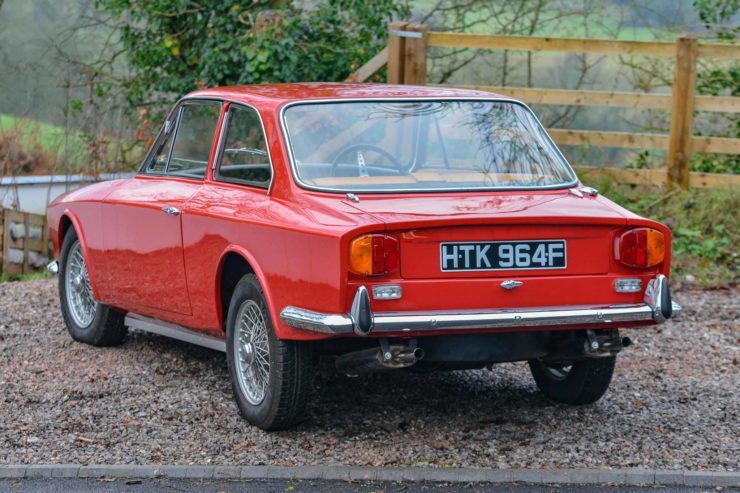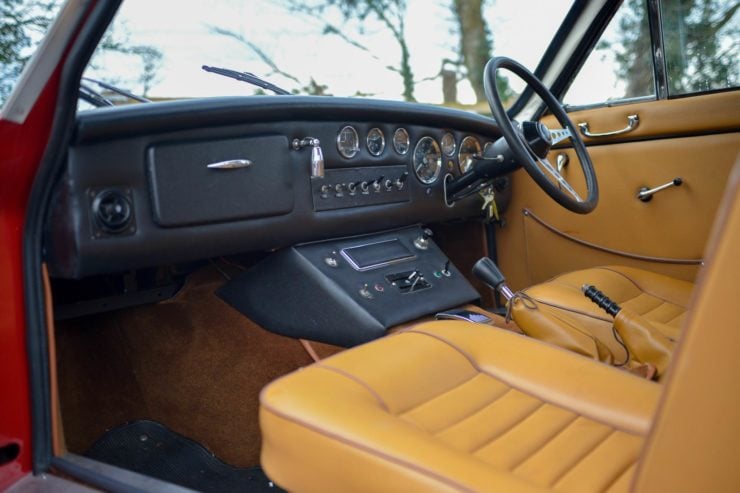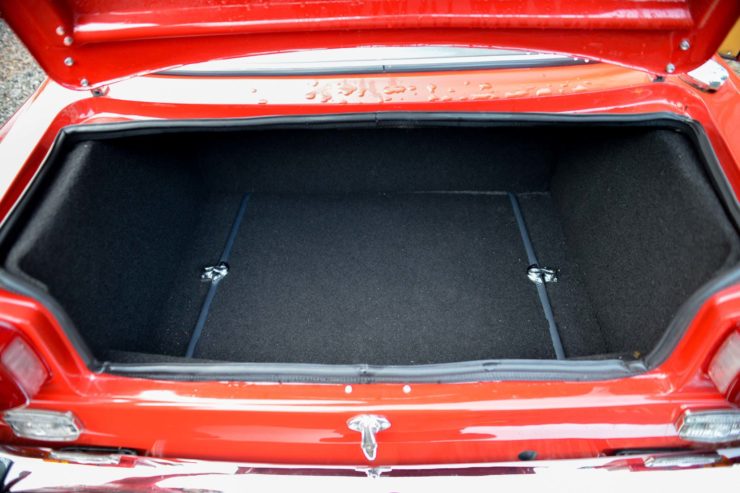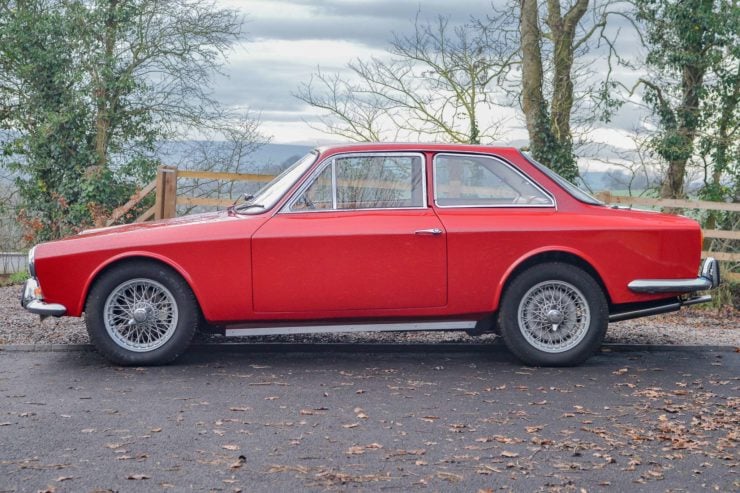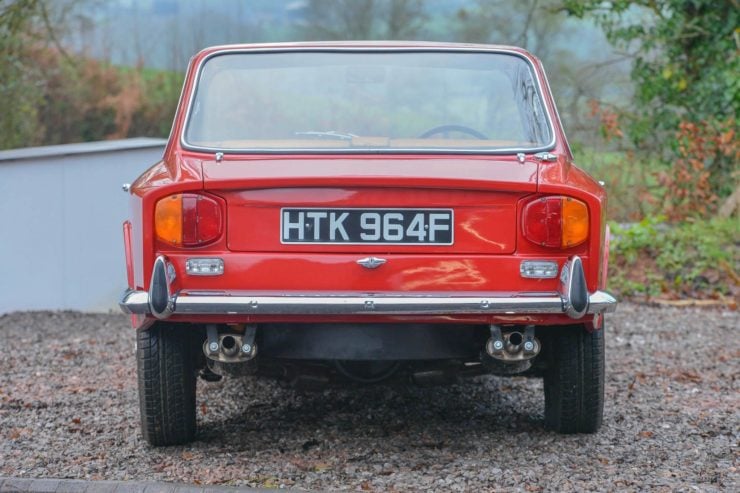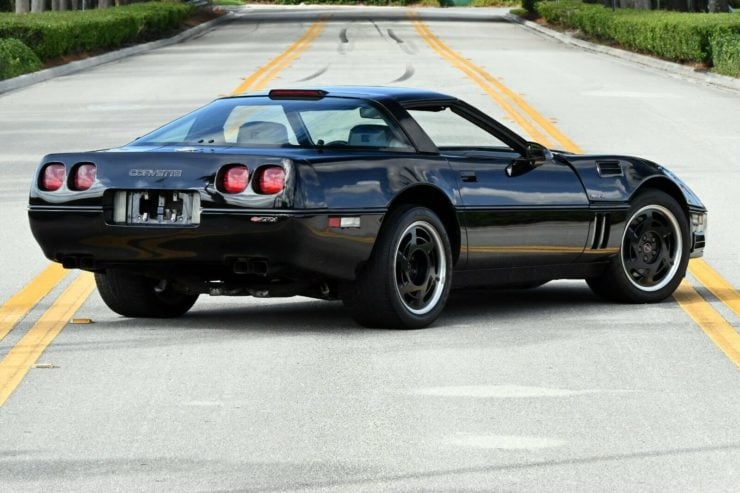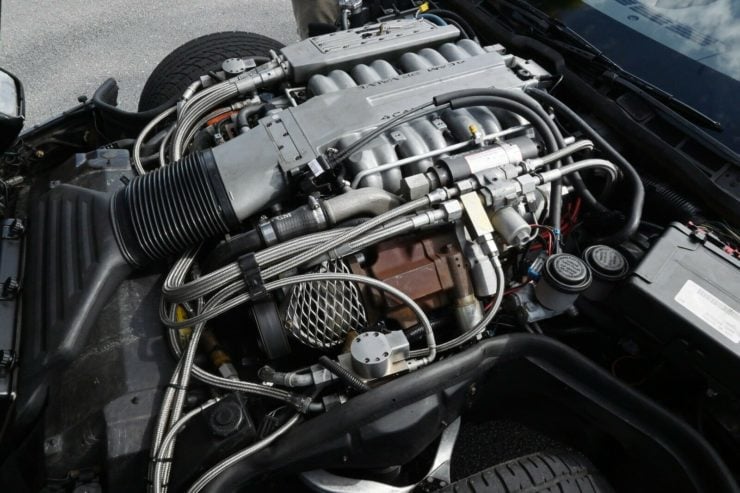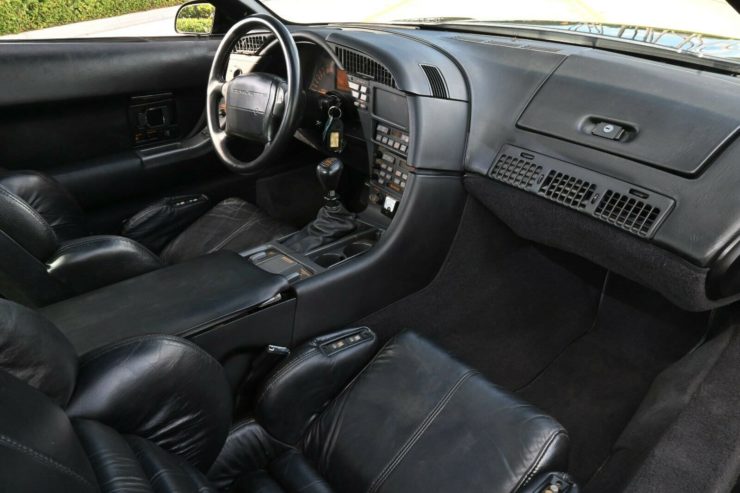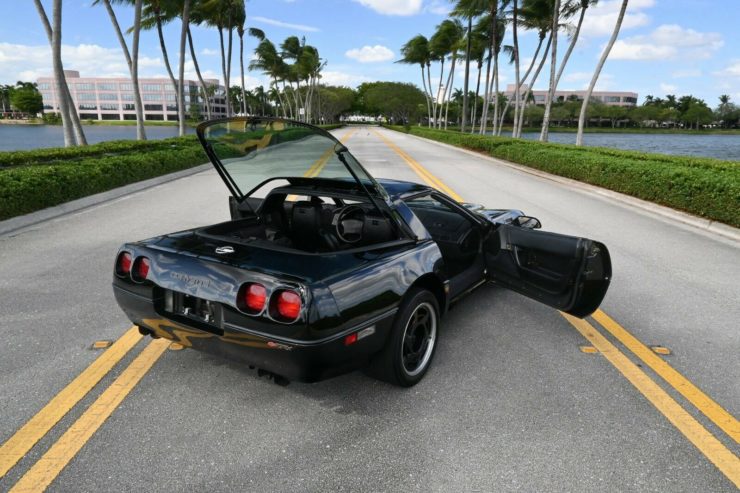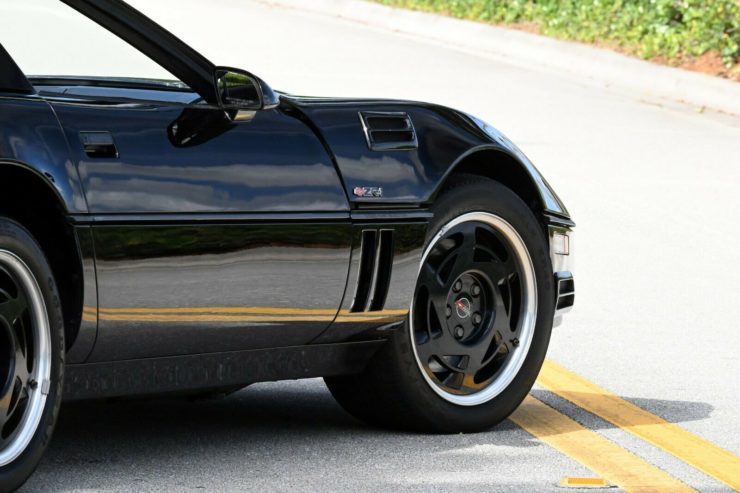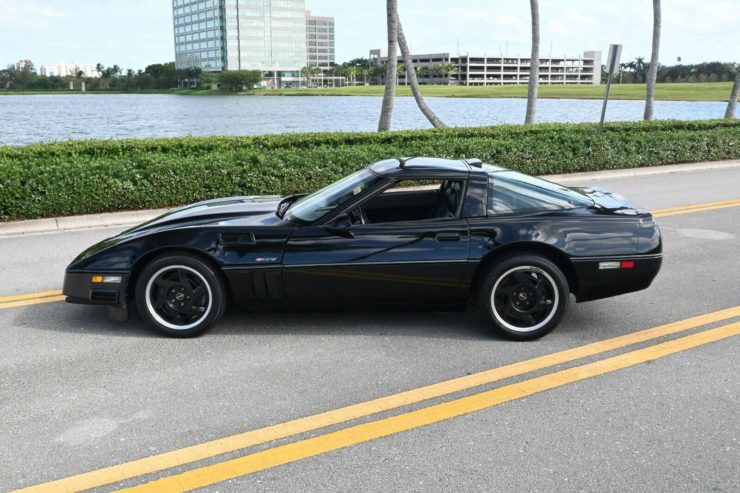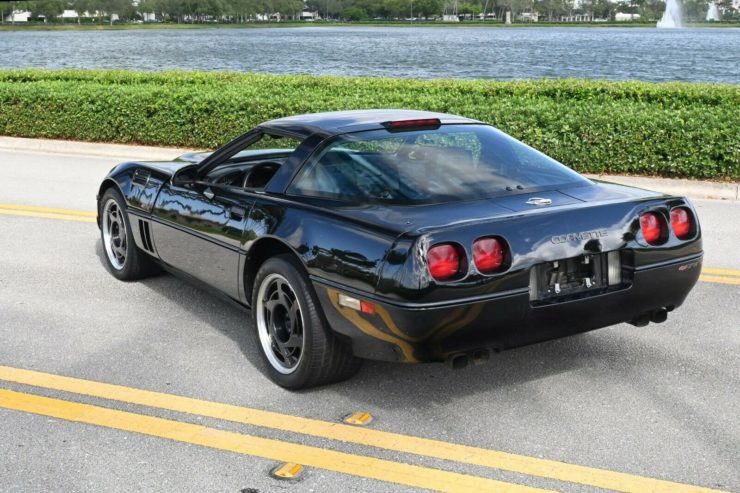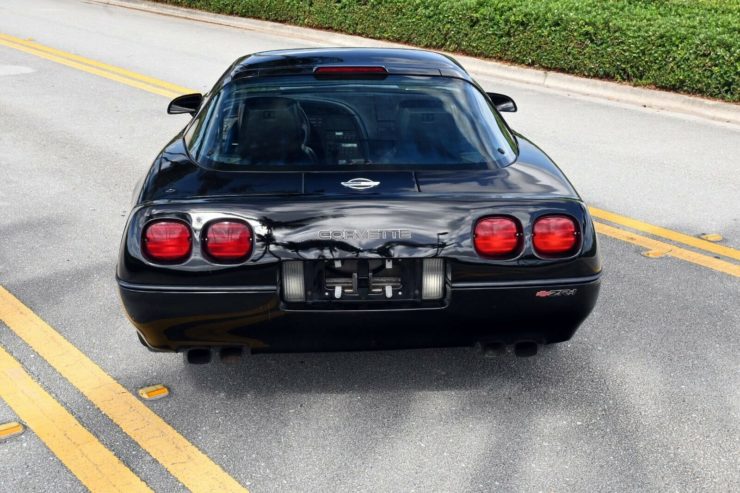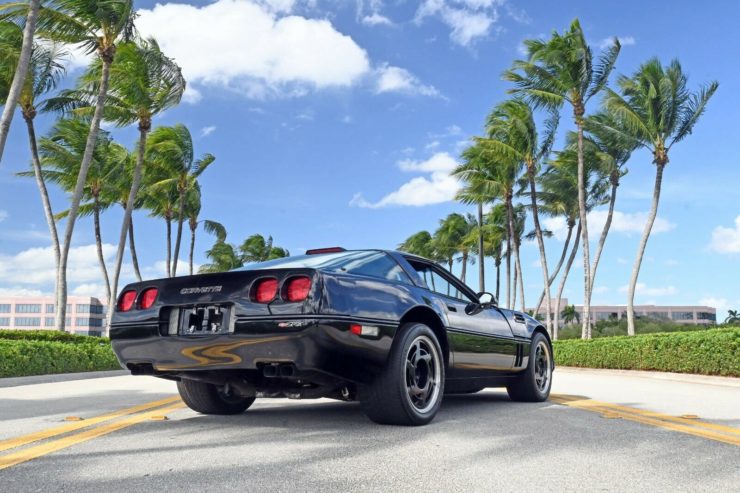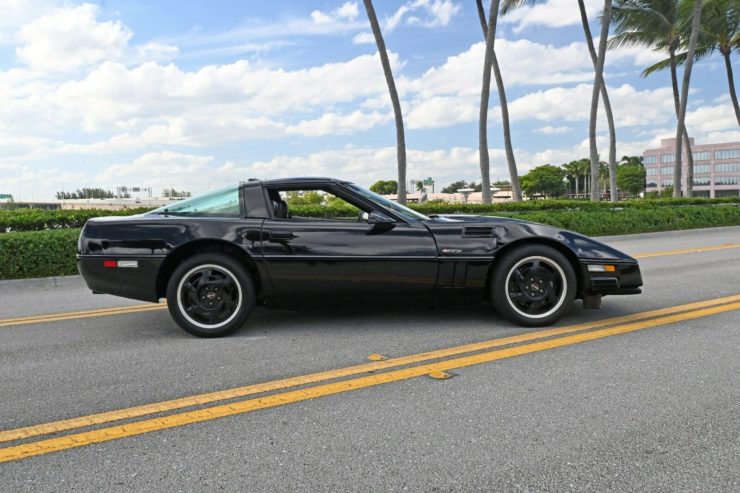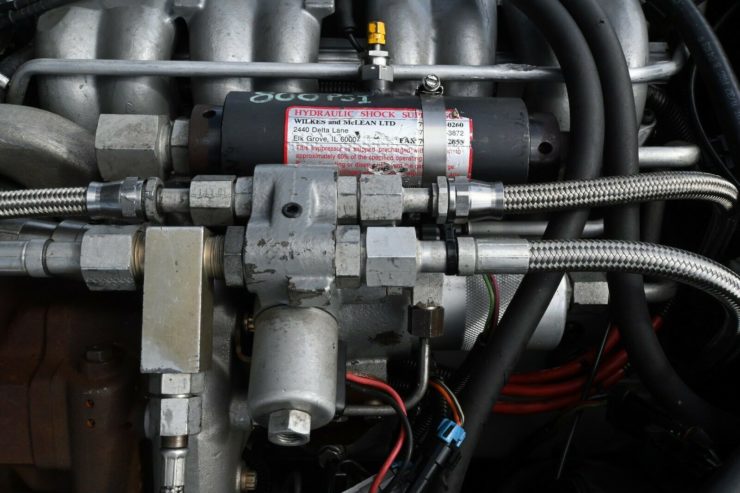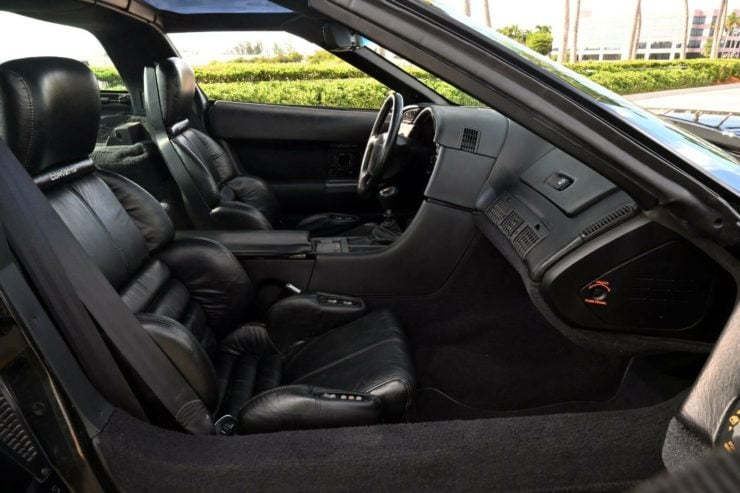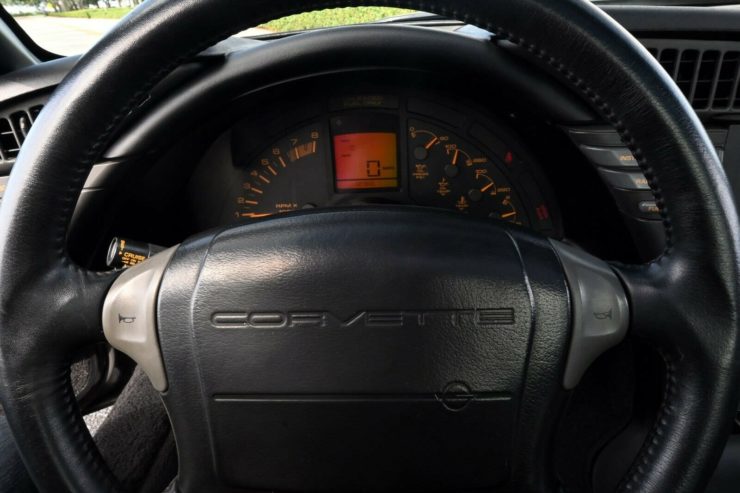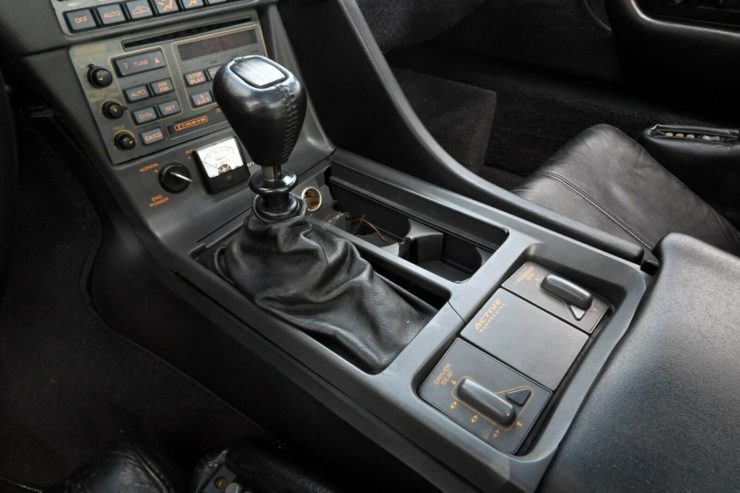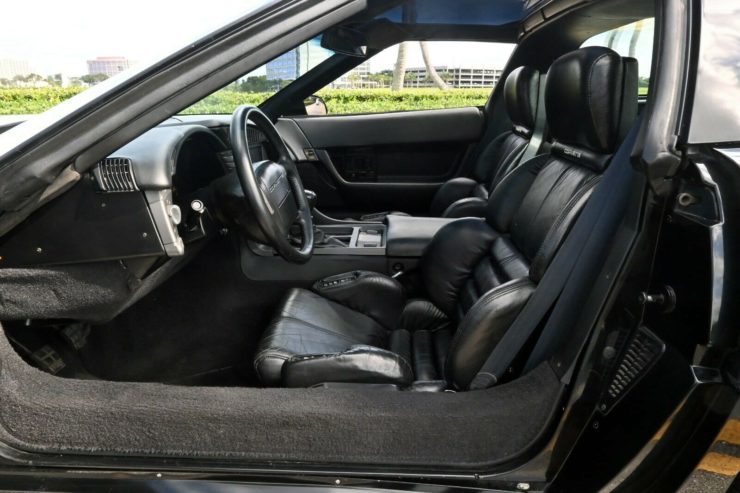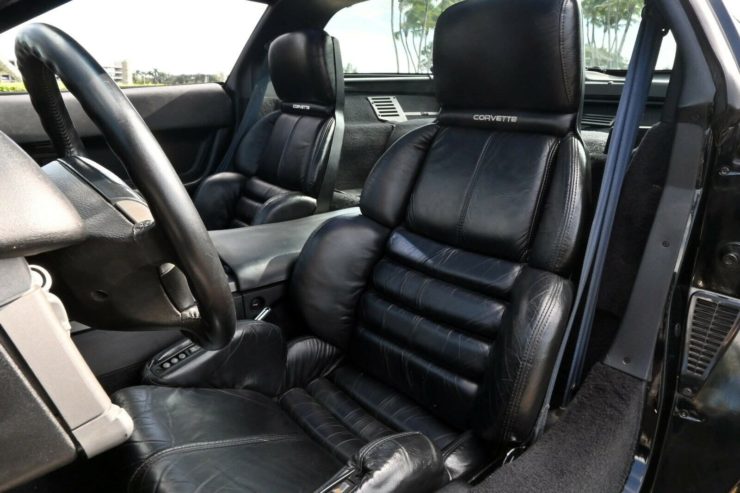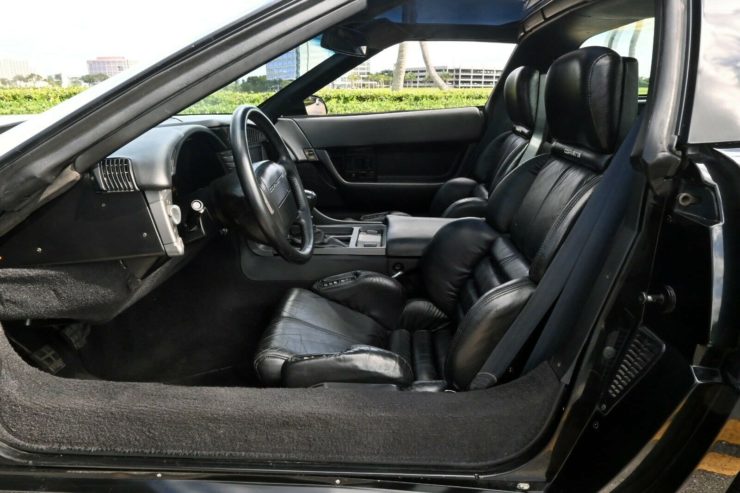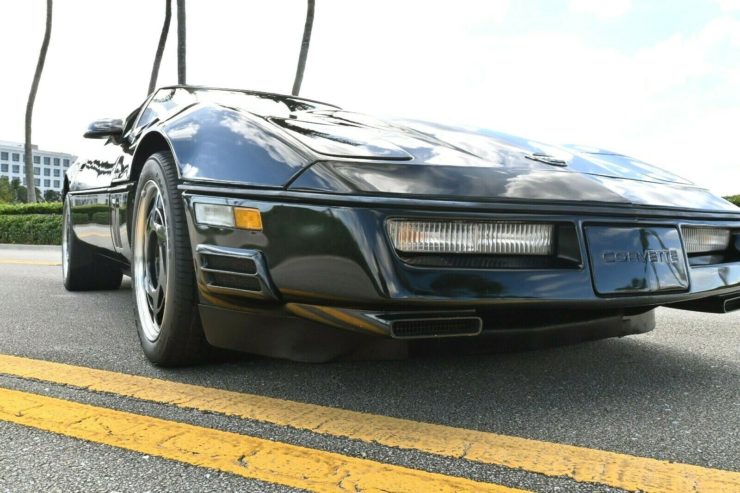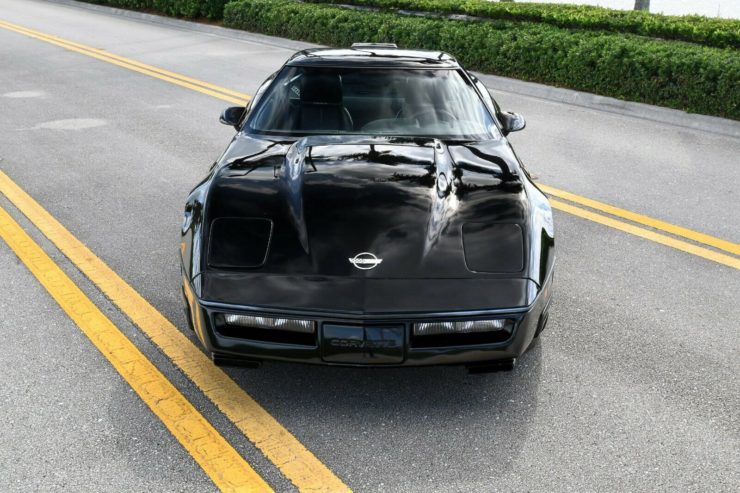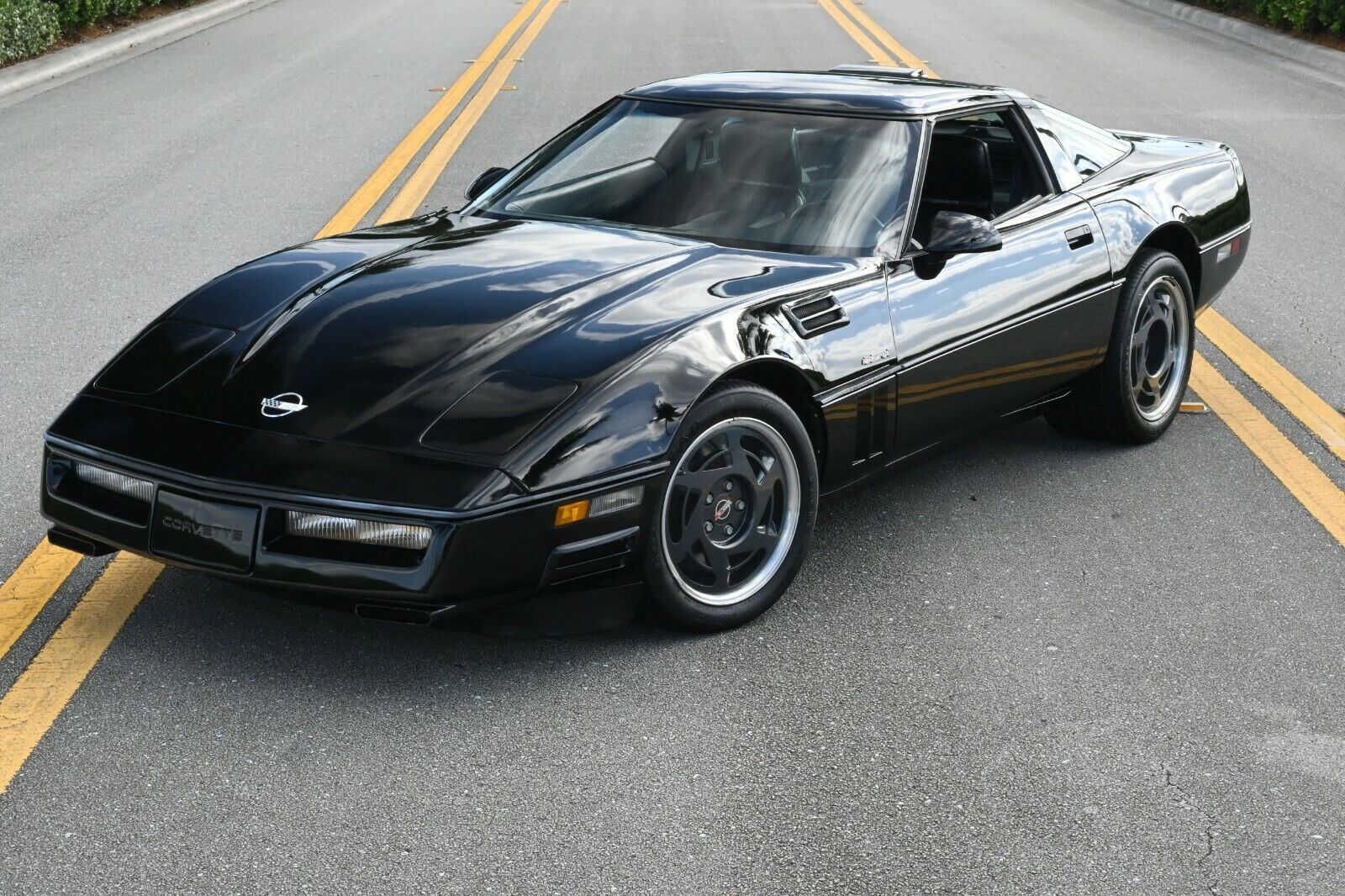This is the unusual Davis Divan, just 12 are thought to have survived to the current day. Upon its release it was billed as “The Ultimate Car Of The Future” and 350+ dealership licenses were sold across the country.
The design of the Divan was based on the “The Californian,” an unusual three-wheeled car built by future Indianapolis 500 racing car designer Frank Kurtis for Joel Thorne – a Californian millionaire and gentleman racing driver.
Fast Facts – The Davis Divan
- First shown to the public in 1947, just two years after the end of World War II, the Davis Divan was designed as a revolutionary automobile that incorporated a number of aircraft design elements – like a sleek aerodynamic body and a three-wheeled platform based on aircraft tricycle landing gear.
- The impetus for the design was a custom car called “The Californian” developed by racing car designer Frank Kurtis for millionaire racing driver Joel Thorne.
- The Divan project was founded and led by used-car salesman Glen Gordon “Gary” Davis, though he had the best intentions for the project his methodology was somewhat questionable. He would end up being convicted of fraud and sentenced to two years in prison.
- The Davis Divan is based on a steel chassis with an alloy body and a removable fiberglass roof. It’s powered by either a 63 bhp Continental inline-four cylinder engine or the 47 bhp Hercules four-cylinder. The top speed is said to be up to 116 mph (187 km/h).
The Origins Of The Davis Divan
The Davis Divan is one of many highly-unusual cars to appears in the years shortly after WWII. The war had been a time of rapid innovation led by countless thousands of engineers – many of whom found themselves back working on civilian projects once hostilities had ceased.
Above Video: This period newsreel of the Davis Divan shows the car in action, highlighting its built-in hydraulic jacks and its unusual ability to drive itself in circles.
One key area that had seen significant investment and research during the war was aerodynamics, the lessons learned were later applied to automobiles with a view to reducing drag, increasing fuel economy, and increasing top speed.
The Le Mans-winning Jaguar D-Type is perhaps one of the most famous examples of aircraft technology being applied to automobile design in the decade after WWII, however there were countless others – one of the most obscure being the Davis Divan.
Ambitious used-car salesman Glen Gordon “Gary” Davis came up with the concept for the Divan car in 1946 after seeing a custom three-wheeled car named “The Californian.”
He had his own version created that incorporated a slew of cutting edge technologies taken from the world of aviation including a sleek aluminum alloy body and tricycle landing gear inspired three-wheeled platform.
Gary Davis – Ever The Showman
Gary Davis’ greatest skill was almost certainly his understanding of the importance of showmanship and public relations – likely gained from his years selling used cars.
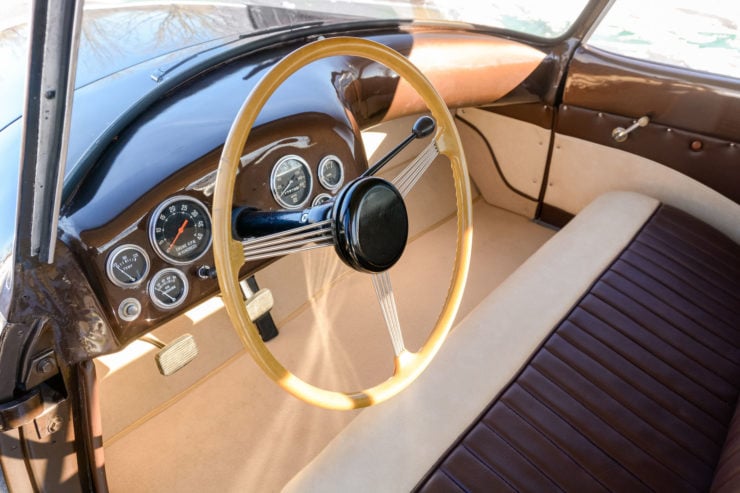
The name “Divan” is an Arabic term for a couch or day bed, it was chosen as the name for this model due to its wide bench seat that can fit four adults side-by-side.
The work Davis did promoting the Davis Divan was a masterclass in automotive PR, he managed to get he car featured in a slew of major magazines including Business Week, Life, and Parade. The car was also featured in period newsreels that would run in cinemas to millions of Americans before the main film played (see an example below).
The first Divan prototype was unveiled at the Ambassador Hotel in Los Angeles with there assistance of former Los Angeles Herald-Express reporter Jack Adams, as well as actress and famous Hollywood blonde bombshell Cleo Moore.
Davis also hired four American Airlines stewardesses to sit side-by-side on the wide bench seat of the Divan, to showcase the fact that it could accommodate four people – an unusually wide size for the time.
Show-goers were enthralled by the futuristic look of the Divan, with its spaceship-styling, pop-up headlights, built-in hydraulic jacks, excellent fuel economy, and high top speed. It seemed to many to be the car of the future – just like the advertising material claimed.
Raising Capital For Production
Investors poured capital into the Davis Divan project, funding a coast-to-coast tour in one of the prototypes which Davis used as a way to sell dealership licenses – he sold over 350 of them and raised $1.2 million USD in total, the equivalent of over $17.3 million USD in 2022.
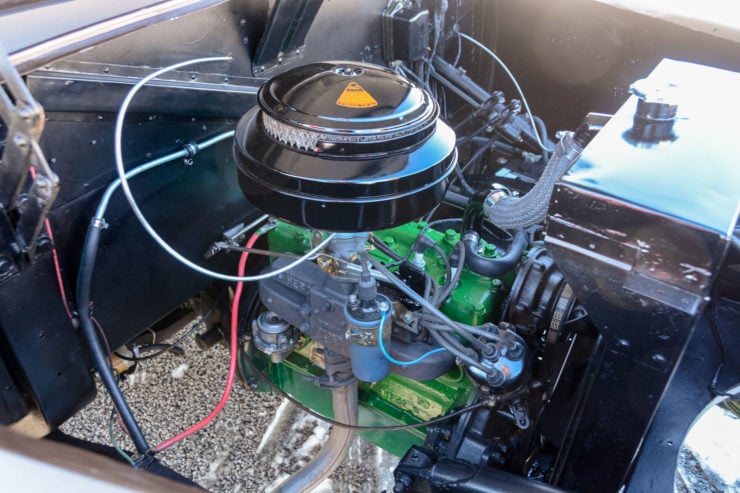
This car is fitted with the 47 bhp L-head Hercules four-cylinder engine, power is sent to the rear wheels via a three-speed manual transmission and the top speed is said to be over 100 mph.
The Davis Divan In Production
Unfortunately, Gary Davis wasn’t quite as good at getting the Divan into production as he was at promoting it and drawing in investors. A factory facility was established in a large hangar at Van Nuys Airport, workers were hired and equipment was acquired.
The reality of getting a prototype into series production is a difficult feat that has led to the downfall of countless fledgling automakers over the years, famous examples like Tucker, Bricklin, and DeLorean come to mind but there are hundreds of others.
People who had paid for dealerships began to get frustrated as deadline after deadline was missed and they still received no cars to sell, some even travelled across the country to the Van Nuys airport to see what was happening for themselves.
Ultimately the money dried up, Gary Davis was sued by both his investors and by his workers. Unable to pay back the money he was sentenced to two years labor in a work farm prison camp. Davis insisted he was innocent until his dying day, and it’s widely believed that he wasn’t guilty of malice but of inexperience in getting a car into production.
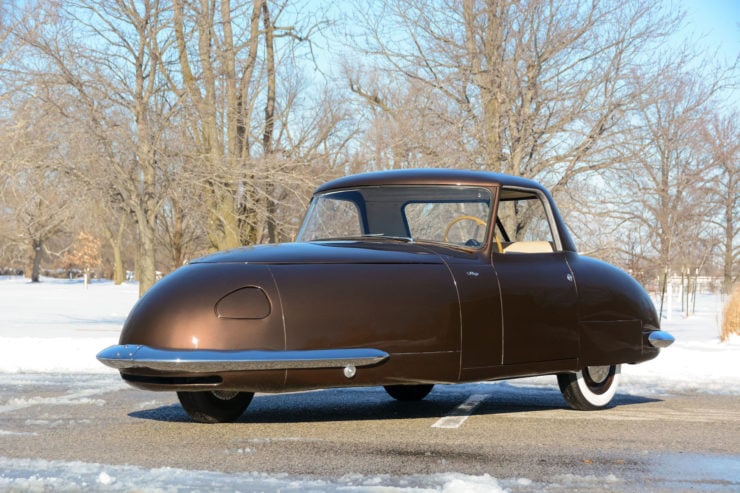
The styling of the Davis Divan is said to have been inspired by aircraft design, its narrow nose flares out to a wider rear end and it has excellent aerodynamics by the standards of the time.
Later in life Davis would redesign the famous “Dodge-Em” bumper car using a design clearly reminiscent of the Davis Divan, and he would later try to get a new road car into production with a 360º Dodge-Em car-style bumper around it for safety.
The 1948 Davis Divan Shown Here
The car you see here is the third Divan production car ever made, it was built at the Van Nuys facility along with the other 10 production vehicles. Two earlier prototypes had been built for a total of 13 Divans, and impressively they all survive today bar one.
After the company was liquidated this car ended up in storage in Michigan where it remained for decades. It was rediscovered in 2011 by devoted Davis enthusiasts and it was restored shortly thereafter.
This car is fitted with the L-head Hercules four-cylinder engine paired with a three-speed manual gearbox, it has its original removable fiberglass hardtop, and it’s in excellent condition throughout.
If you’d like to read more about this unusual vehicle or register to bid you can click here to visit the listing on RM Sotheby’s. It’s due to roll across the auction block with RM Sotheby’s on the 5th of March in Florida with a price guide of $150,000 – $175,000 USD.
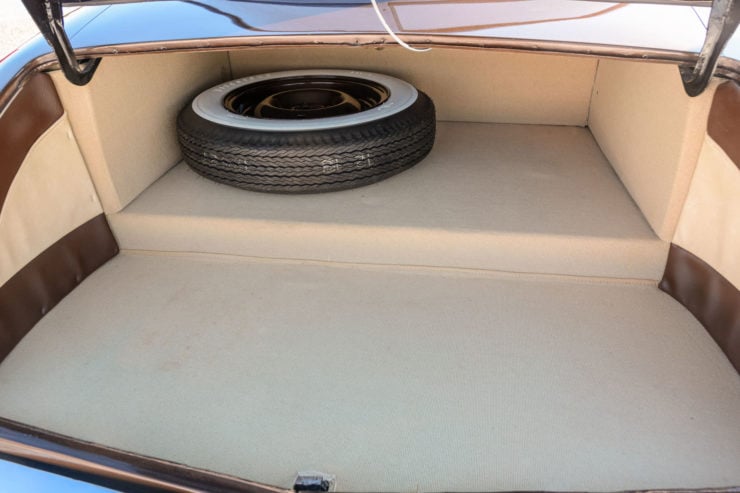
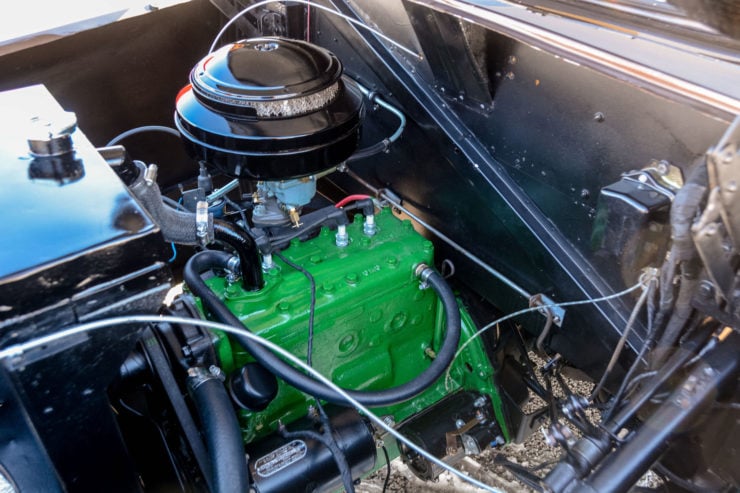
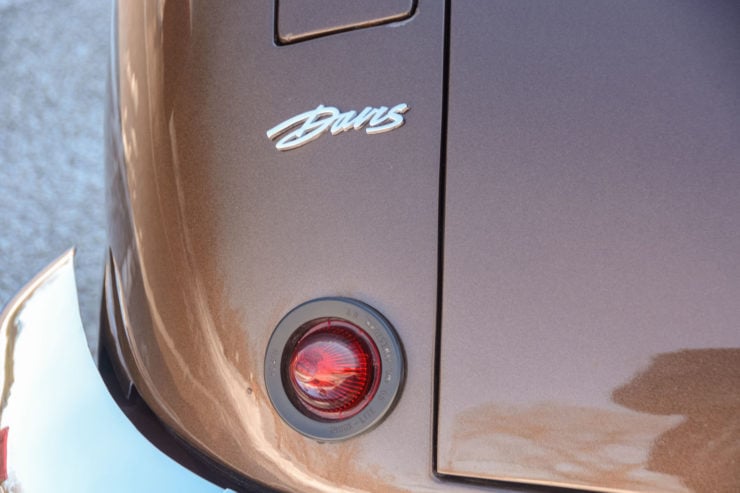
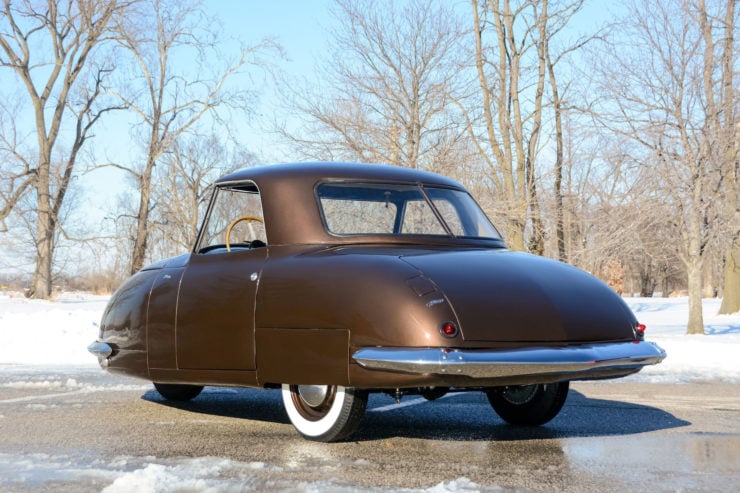
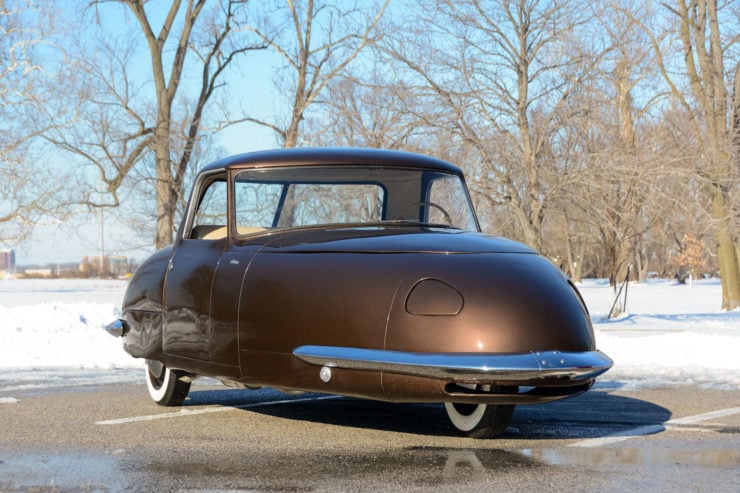
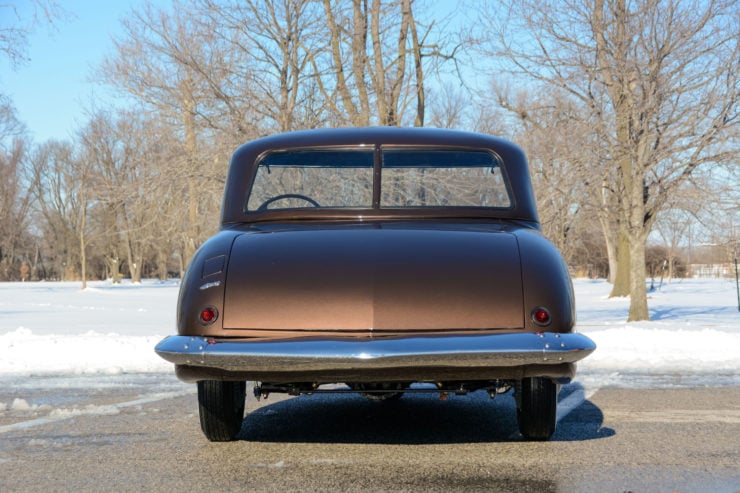
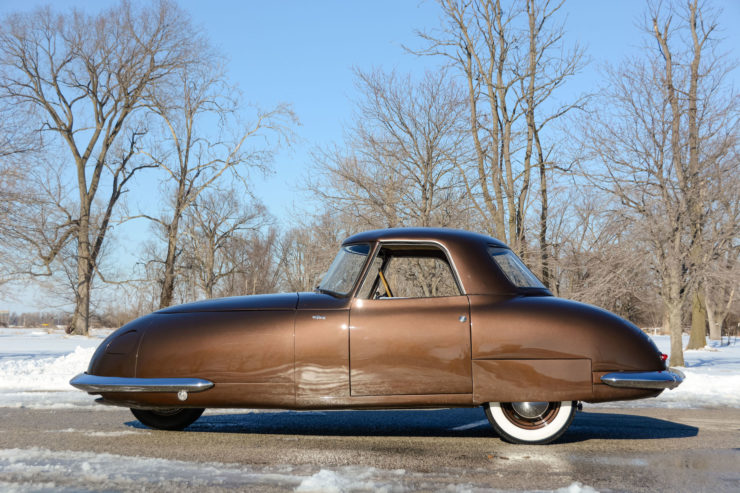
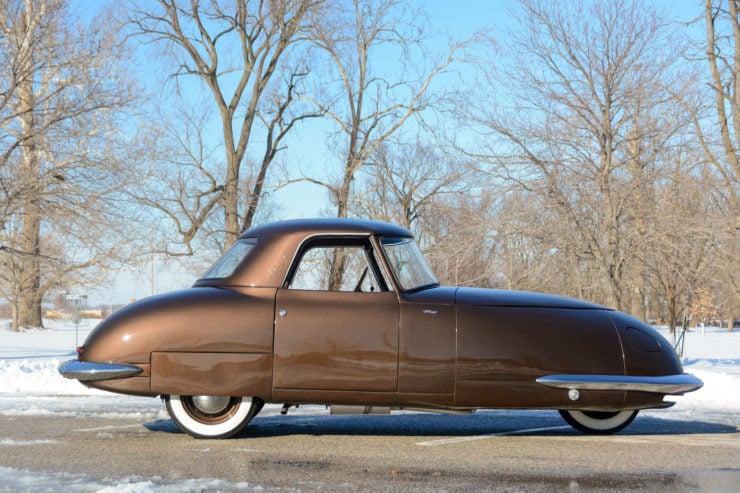
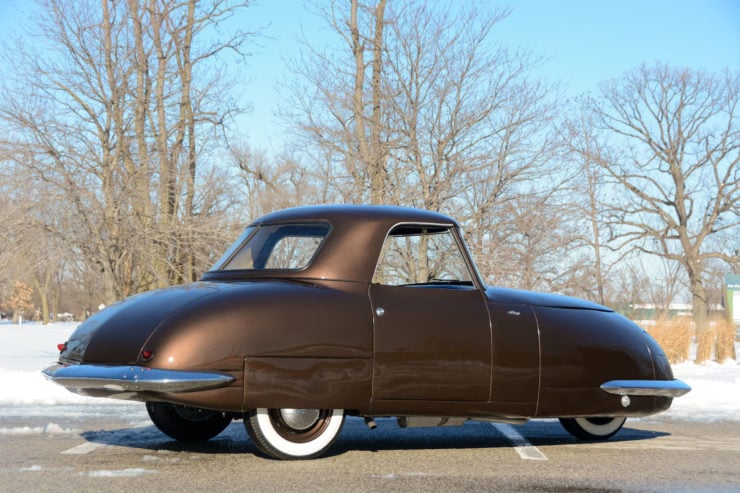
Images: Gabor Mayer ©2022 Courtesy of RM Sotheby’s
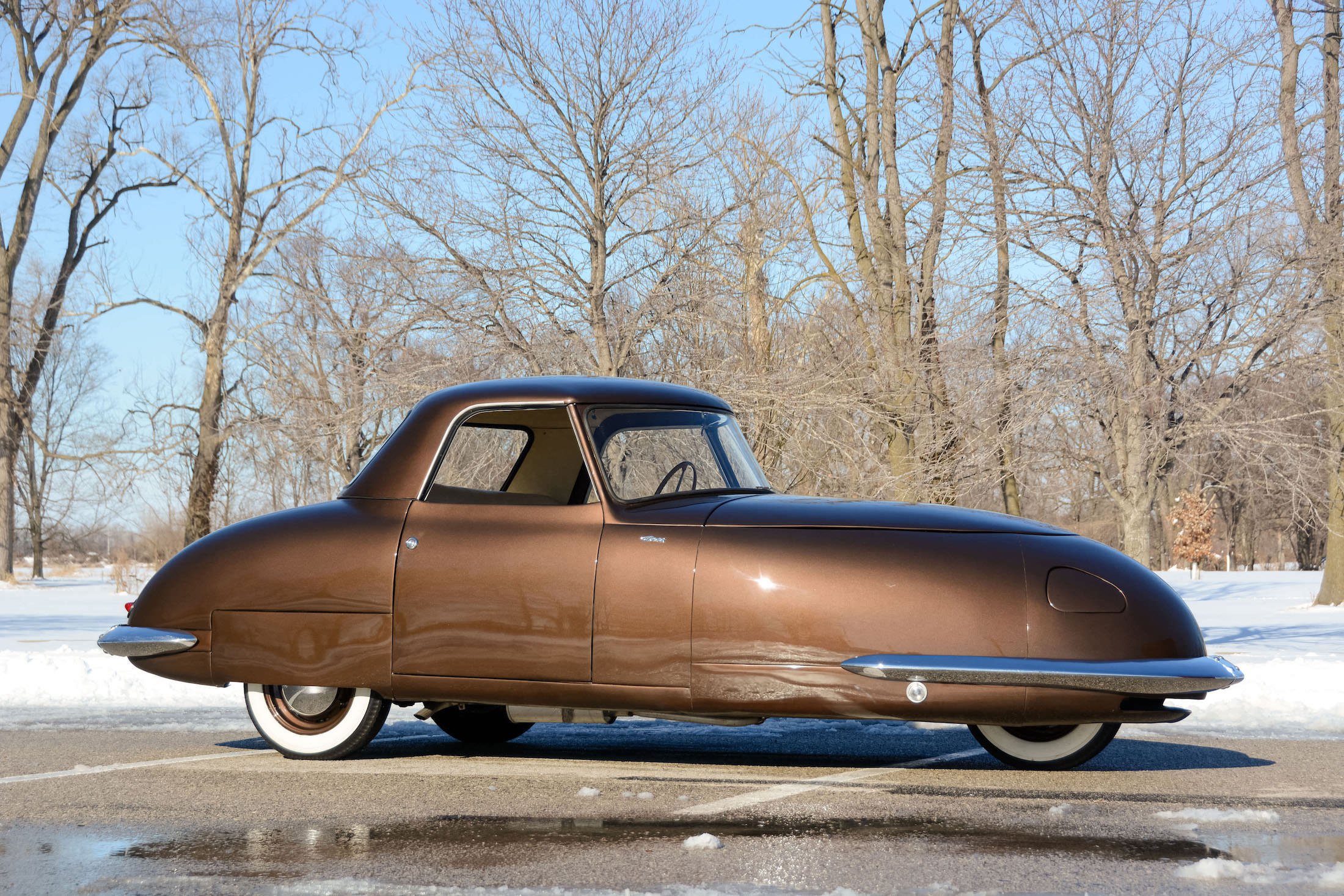
The post A Rare Davis Divan: “The Ultimate Car Of The Future” From 1948 appeared first on Silodrome.
from Silodrome https://silodrome.com/davis-divan-car/
via gqrds
